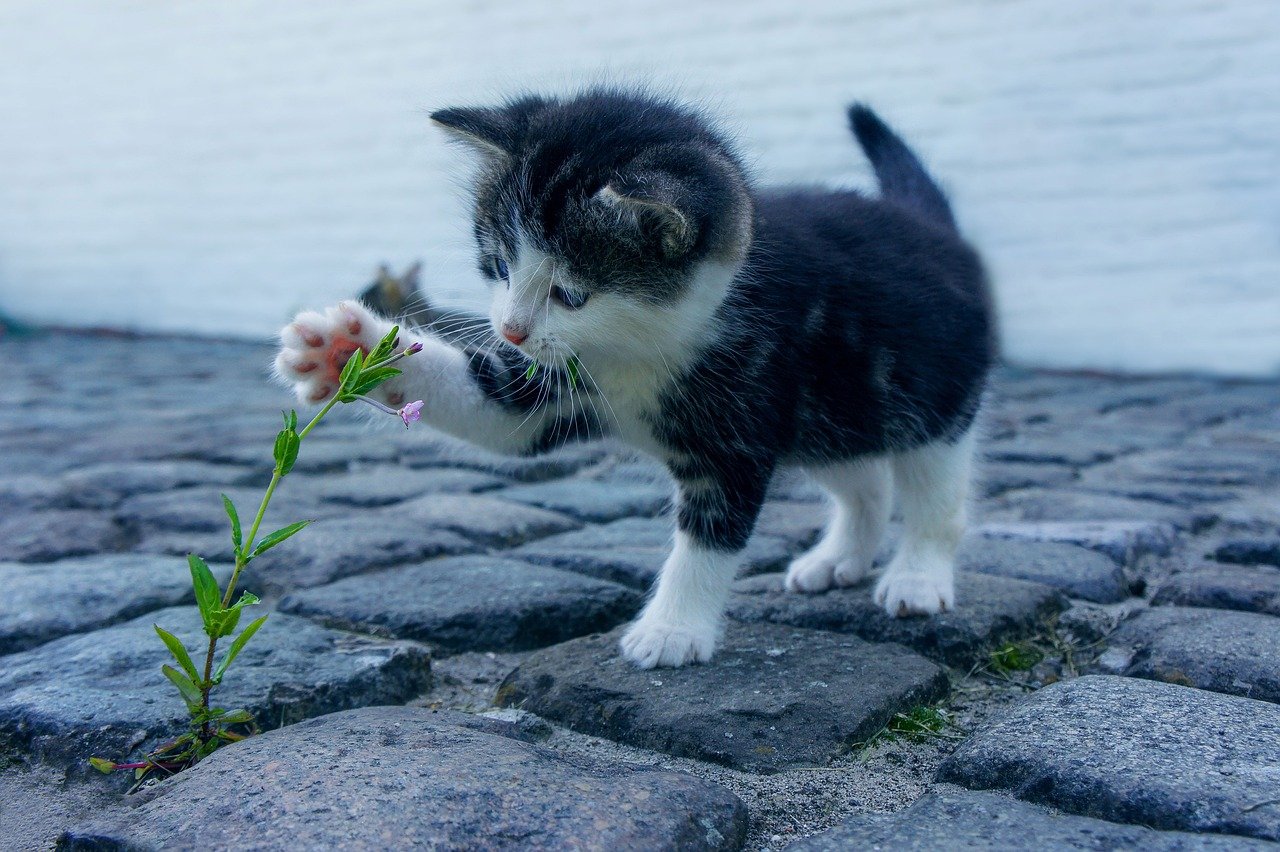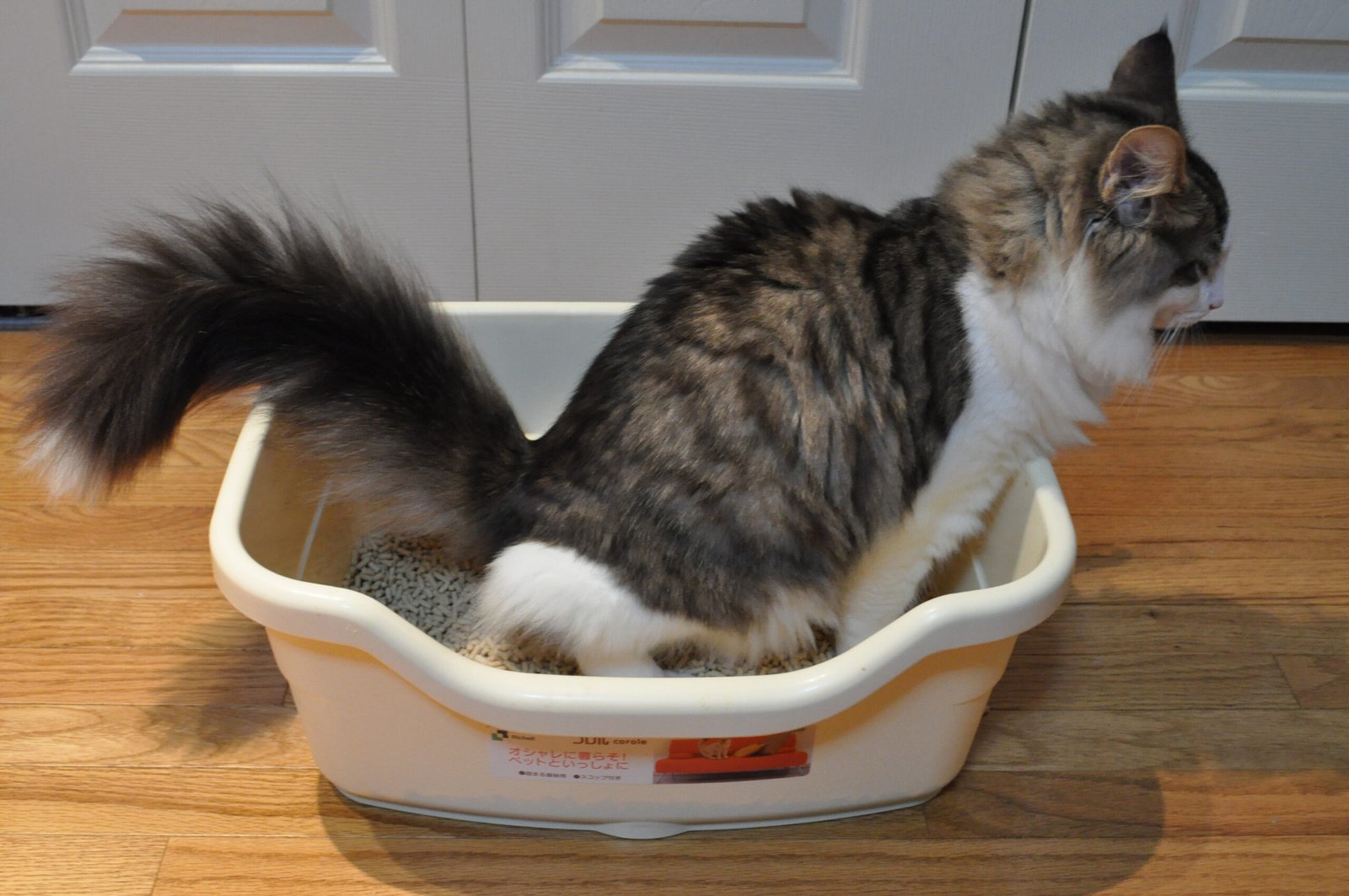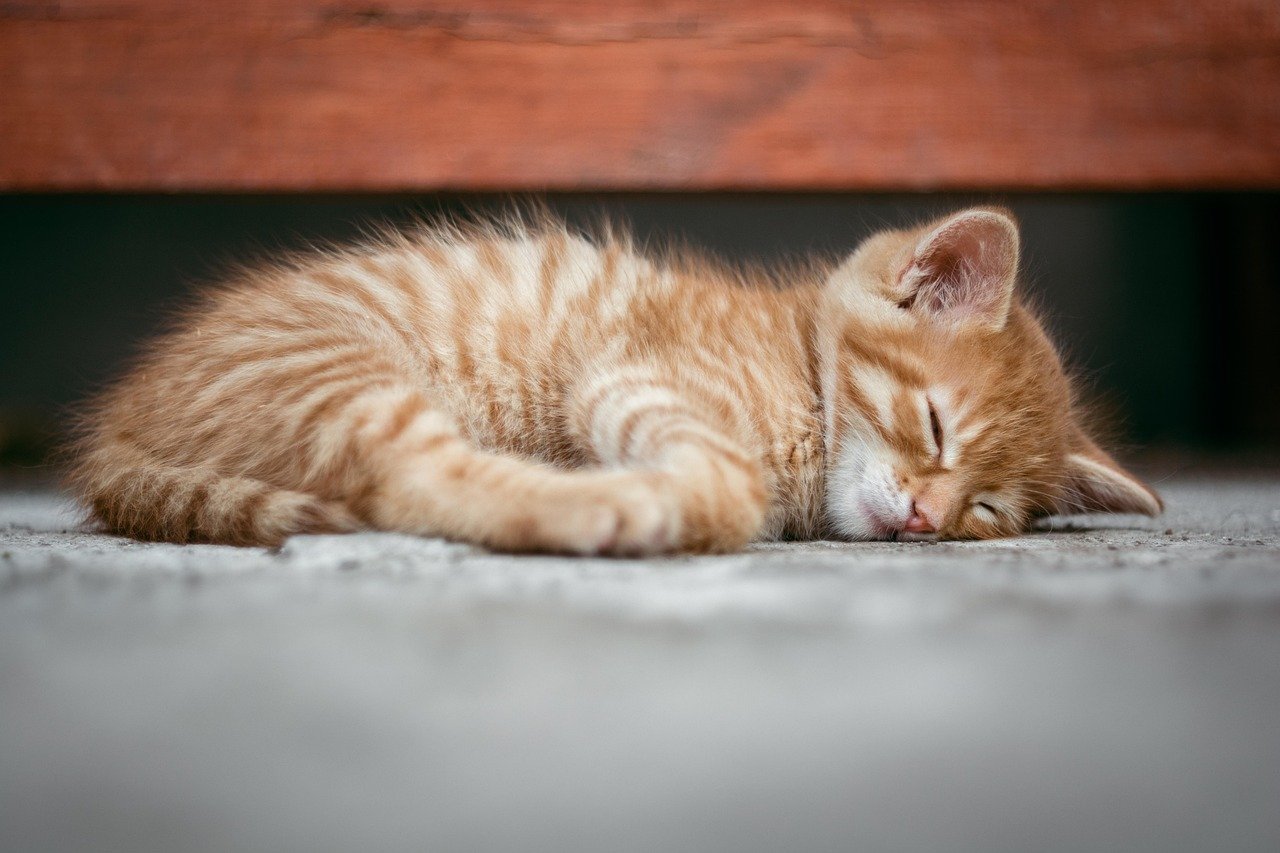Have you ever wondered if your feline friend is trying to tell you something? Cats, those mysterious and often aloof creatures, can sometimes display behaviors that indicate they are experiencing anxiety. Much like their canine counterparts, cats have their own ways of expressing discomfort and stress. In this article, we delve into the fascinating world of feline anxiety, exploring the subtle and sometimes surprising ways cats communicate their feelings. Whether you’re a dog enthusiast or a cat lover, understanding these signs can help you create a more harmonious environment for your pet. So, let’s embark on this journey of discovery and learn how to decipher the language of anxious cats.
Excessive Grooming

One of the most common ways a cat expresses anxiety is through excessive grooming. While cats are known for their fastidious grooming habits, a cat under stress may take this behavior to the extreme. You might notice your cat licking or biting their fur to the point of creating bald patches. This behavior is akin to humans biting their nails when nervous. It’s their way of coping with anxiety, a repetitive action that provides a temporary sense of relief. If you observe your cat grooming excessively, it might be time to investigate potential stressors in their environment.
Hiding or Avoidance
Cats are naturally curious creatures, but when anxiety strikes, they may retreat to the safety of their favorite hiding spots. This behavior is a survival instinct, as cats seek refuge from perceived threats. If your cat suddenly becomes more reclusive, spending more time under the bed or in a closet, it could be a sign of anxiety. It’s essential to respect their need for space while gently encouraging them to re-engage with their surroundings. Creating a calm and secure environment can help coax them out of hiding.
Changes in Appetite
Just like humans, cats can experience changes in appetite when they are anxious. Some cats may eat more as a form of comfort, while others may lose interest in food altogether. If your cat’s eating habits change suddenly, it’s crucial to monitor their weight and overall health. In some cases, anxiety-induced appetite changes can lead to more severe health issues. Consulting with a veterinarian can help determine if anxiety is the root cause and provide guidance on how to address it.
Increased Vocalization
Anxiety can turn even the quietest cat into a chatterbox. Increased vocalization, such as excessive meowing, yowling, or crying, is a common sign of feline stress. Your cat may be trying to communicate their discomfort or seek reassurance from you. Pay attention to the context of their vocalizations, as it can provide clues about the source of their anxiety. Responding with gentle words and affection can help soothe their nerves and create a sense of security.
Destructive Behavior

An anxious cat may resort to destructive behavior as a way to release pent-up energy and frustration. Scratching furniture, chewing on cords, or knocking over objects are all signs that your cat is struggling with anxiety. While it can be frustrating to deal with, it’s essential to address the underlying cause rather than simply punishing the behavior. Providing appropriate outlets for their energy, such as interactive toys and scratching posts, can help redirect their destructive tendencies.
Changes in Litter Box Habits

A sudden change in litter box habits can be a clear indicator of anxiety in cats. If your cat starts urinating or defecating outside the litter box, it may be a sign of stress. Cats are creatures of habit, and any disruption to their routine can trigger anxiety. Ensure that the litter box is clean and accessible, and consider any recent changes in the household that might be causing stress. Addressing these factors can help restore your cat’s sense of security and encourage proper litter box use.
Overgrooming of Specific Areas
While excessive grooming is a general sign of anxiety, some cats may focus their grooming efforts on specific areas of their body. This behavior can result in skin irritations or sores. Cats may choose to groom particular spots as a way to self-soothe, much like a person might rub a sore muscle. If you notice your cat persistently grooming a specific area, it may be time to investigate further. A visit to the vet can rule out any underlying medical issues and provide guidance on managing anxiety.
Pacing or Restlessness
An anxious cat may exhibit pacing or restlessness, unable to settle down comfortably. You might notice them wandering from room to room or repeatedly circling a particular area. This behavior is a physical manifestation of their inner turmoil. Providing a quiet and safe space where your cat can relax is crucial. Consider using calming pheromone diffusers or creating cozy hiding spots to help them unwind and feel more at ease.
Clinginess or Increased Affection
While some cats retreat when anxious, others may become clingy and seek constant reassurance from their owners. If your cat suddenly becomes more affectionate, following you around the house or demanding attention, it could be a sign of anxiety. This behavior is their way of seeking comfort and security. Responding with gentle affection and spending quality time with your cat can help alleviate their stress and strengthen your bond.
Changes in Sleeping Patterns

Cats are known for their love of sleep, but anxiety can disrupt their usual patterns. An anxious cat may sleep more than usual as a form of escapism or, conversely, may struggle to relax and sleep less. Pay attention to any changes in your cat’s sleeping habits, as they can provide valuable insights into their emotional state. Creating a peaceful sleeping environment, free from disturbances, can help your cat achieve restful sleep and reduce anxiety.
In conclusion, understanding the ways a cat expresses anxiety is crucial for providing the best care possible. By recognizing these behaviors and taking proactive steps to address them, you can help your feline friend lead a happier, more stress-free life. Remember, a little patience and empathy go a long way in ensuring your cat feels safe and loved. So, the next time you notice any of these signs, ask yourself: How can I make my cat’s world a little more comfortable?

Born and bred in South Africa, a Capetonian at heart. Amy-Leigh’s love for nature and animals was inherited from her Dad. He loves taking the family on road trips to experience nature at its finest; Amy-Leigh’s favourite being whale watching in Hermanus and spotting Kudu along the West Coast. Amy-Leigh holds a BA in English Literature and Communication Studies.





